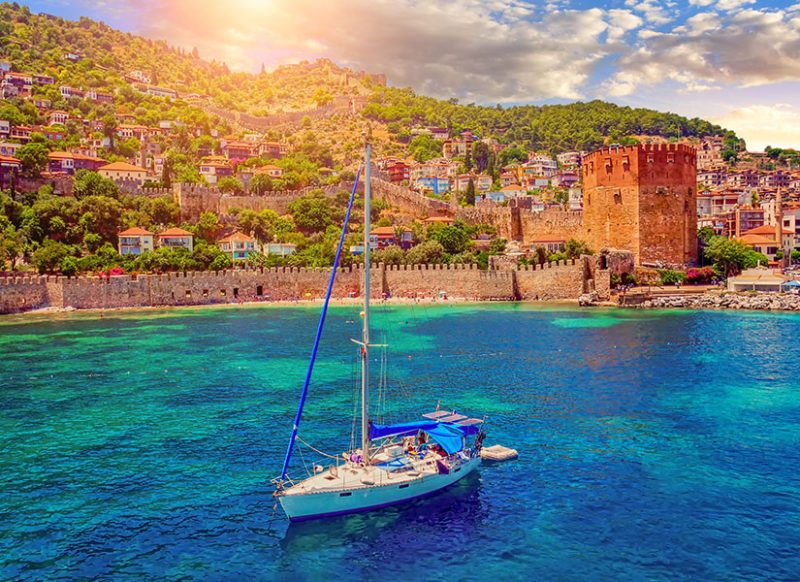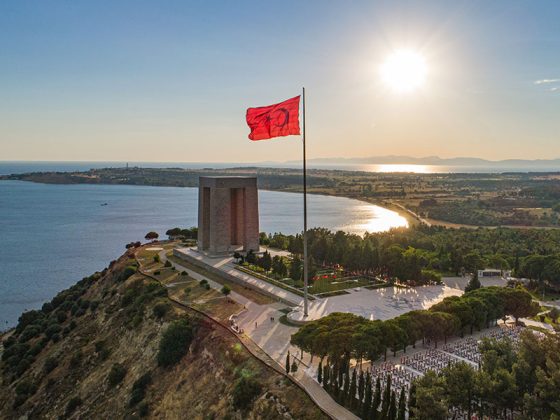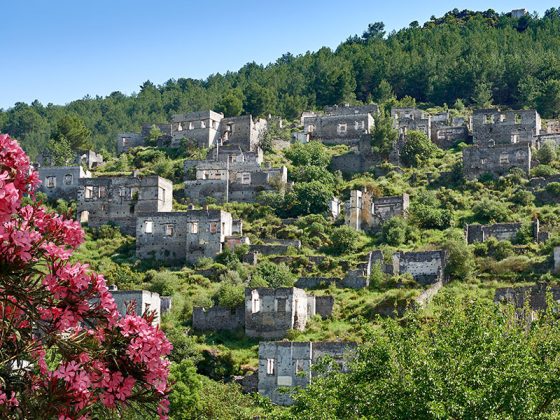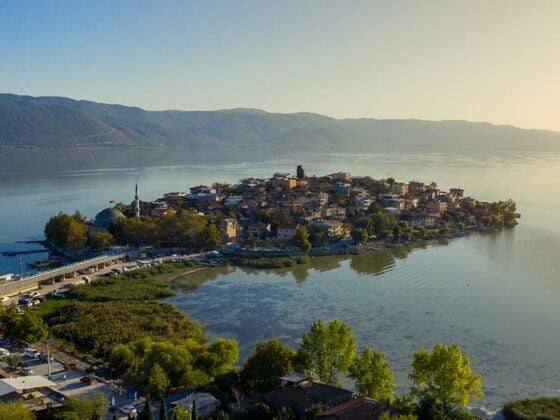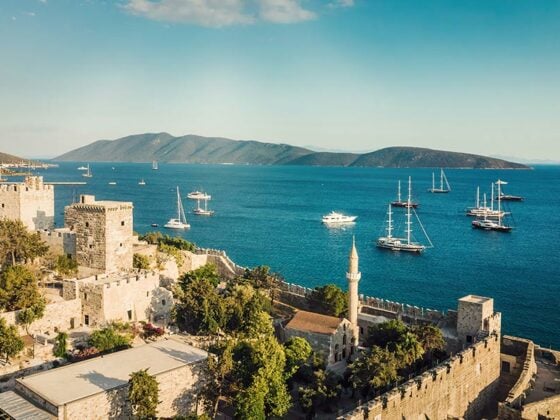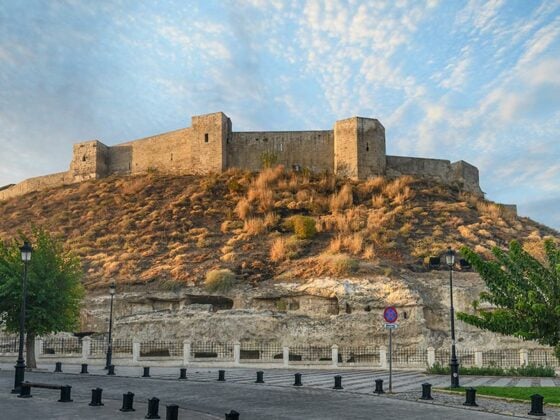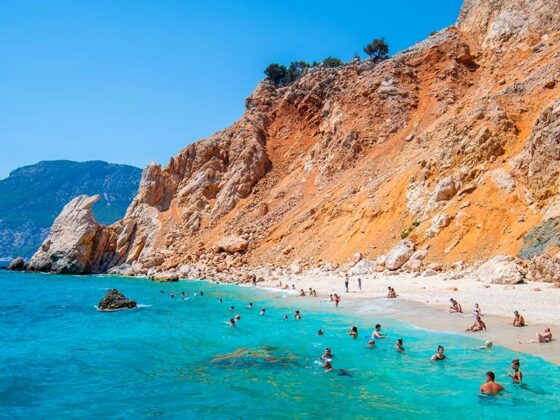In addition to its spectacular coasts, Alanya, one of the most gorgeous places in the Mediterranean, offers unique natural formations. Alanya is not only the most popular destination for the sea, sand, and sun, but it is also rich in natural areas. While Alanya’s sea, whose colour changes from blue to turquoise, is a visual feast, its well-preserved nature offers one-of-a-kind sights that will stay in your mind forever. Here is a tour plan that highlights the natural attractions of the lovely Alanya.
Damlataş Cave
Damlataş Cave, located on the west coast of Alanya Castle, was discovered during the construction of a quarry in 1948 and was Turkey’s first cave to open to tourism. The cave’s interior, which consists mostly of stalactites, provides an incredible view. The chalky water falling from the stalactites gave the cave its name. Stalagmites are formed over time by water accumulations freezing on the bottom part of the cave. The cave has a constant temperature of 22.3 degrees, unaltered between summer and winter, and it is also helpful in terms of health tourism due to its various properties. The interior lighting gives a nice vibrant feel to the place without disturbing the cave’s ambience.
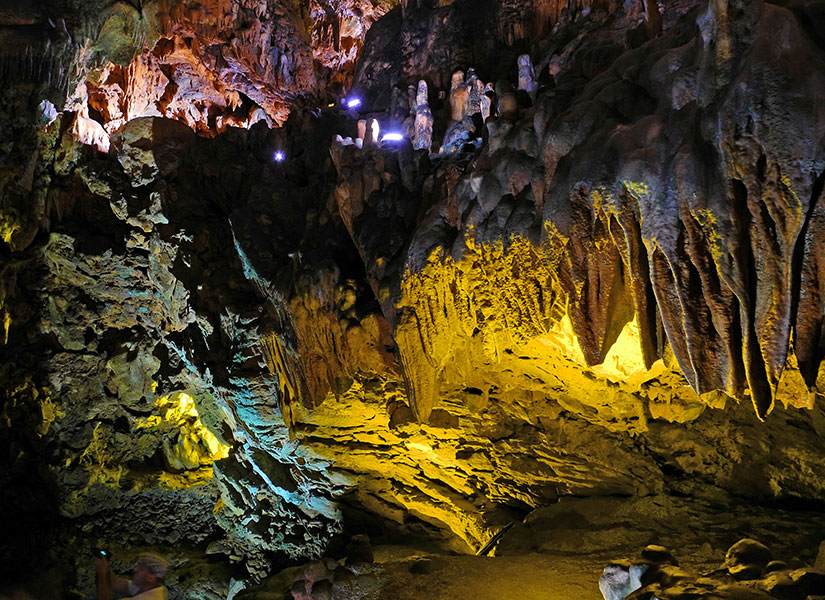
Cleopatra Beach
Cleopatra Beach, located in the west of the city, is a continuation of Damlataş Beach and is quite near Damlataş Cave. The sea, which may be up to 10 meters deep, is notable for its “Blue Flag” grade clean water. Golden sands extend into the lake with a splendour that befits its royal name. Despite being one of the most popular tourist destinations, Cleopatra Beach has a pristine sea. When you wear swimming goggles, you can see the sand and fish more clearly, despite the sun’s glare. The beach is suitable for leisure activities, including paragliding, pedalo, and jet skiing. The fact that these activities may be conducted in a separate area from the swimming section is a bonus. The world-famous Cleopatra Beach is a beautiful spot to watch the sunset after swimming in the sea in the evening.
Dim Cave
Dim Cave, located 12 kilometres east of Alanya in Kestel, is one of the country’s most stunning karst formations. The cave on the slope of Cebeli Reis Mountain attracts a lot of attention from tourists, especially in the summer. It is Turkey’s second-largest cave open to tourists, located at an elevation of 232 meters above sea level. The acoustic structure of the natural formation, which is thought to be one million years old, astounds people who see it. The cave is 15 meters wide and consists of four different galleries. It is formed by two independent branches, one of which is 50 meters in length and the other 360 meters in length. There’s also a small lake at the cave’s end. Dim Cave is one of the spots you should not miss while exploring Alanya’s outstanding natural beauties.
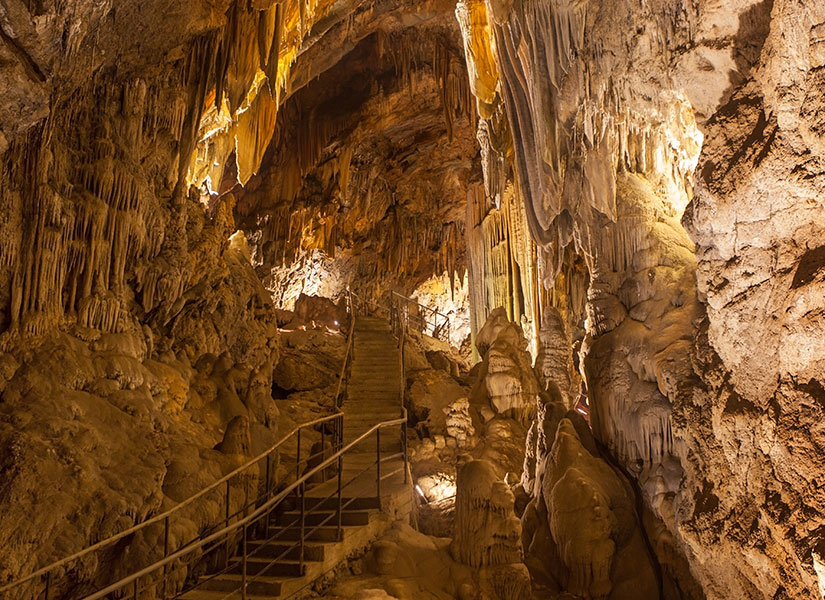
Dim River
Akçatı, one of Alanya’s charming villages, derives its name from the coolness of the Taurus Mountains. Having the ability to keep cool throughout the summer months is a welcome relief for people who would like a change from the heat. The river can be reached by travelling from the Dim Valley, which gives the region its name. You’ll be accompanied on your journey by a stunning view of the lake. With its views of the forest, the narrowing road adds a new level of thrill to the adventure. Its clean water has reached stunning integrity with the Dim Dam erected onto it. The facilities here provide a lovely recreation area where visitors may enjoy the tranquillity of the landscape. Swimming, away from the crowd. is available in parts of the Dim River which are mostly visited on short trips.
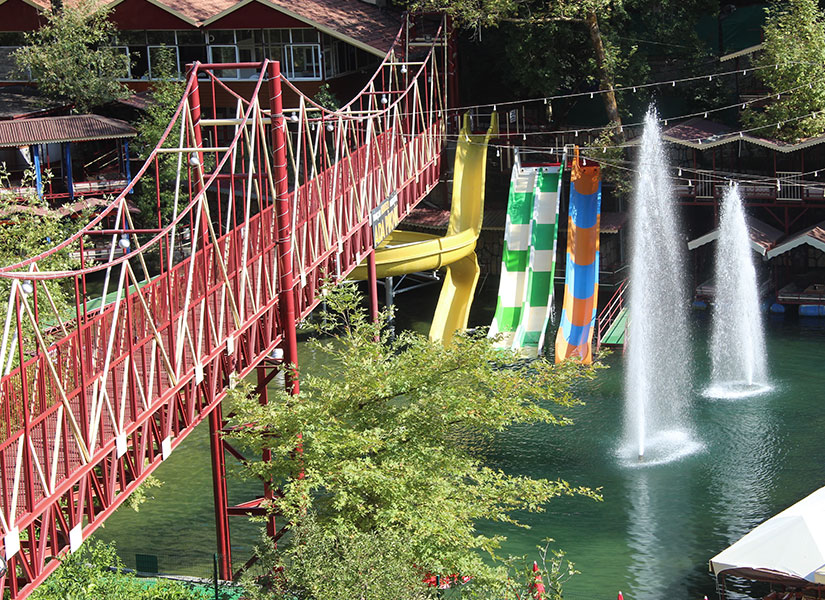
Phosphorus Cave
Phosphorus Cave is a sea cave formation that is located on a slope near Damlataş in the middle of Alanya. Access to the cave via motorized boat or rowboat adds to the cave’s excellent atmosphere. Small boats can also be used to access the cave. Because of its geological structure, it has an unusual aspect; when the moonlight is reflected into the cave, it takes on a distinctive bluish hue from which the name of the cave is derived. While the cave’s brightness draws attention during the day, it takes on a very different appearance at night. The water is of a distinct purity here. You should visit here, even if just for a short time, to rest or have fun in its peaceful waters.
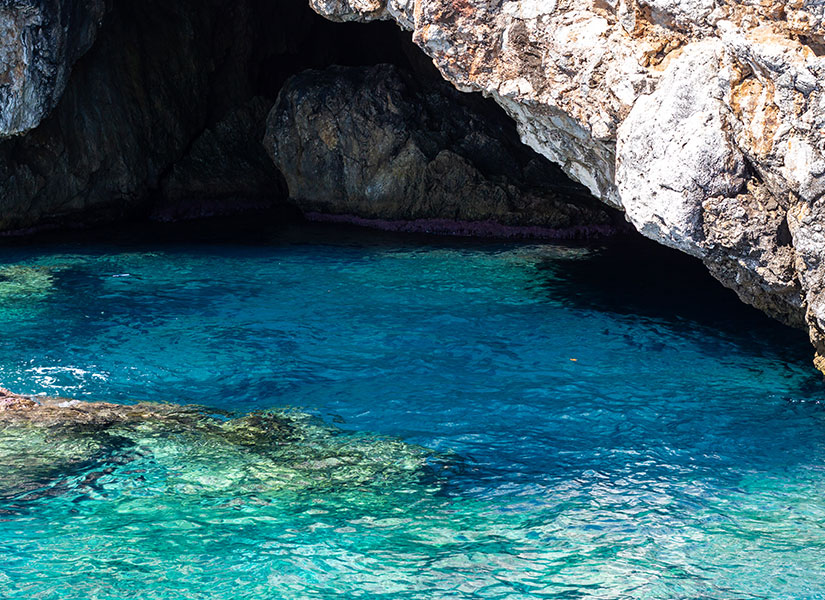
Sapadere Canyon
The canyon, located near the end of the Sapadere Stream, is a popular destination for those looking to escape from the city’s heat. Its coolness is derived from the melting of mountain snow near Sapadere Village. A waterfall stands 300 meters before the canyon’s entrance. To make it easier to access this area, there is a platform made of wood and steel that is designed in harmony with the environment. The canyon, which is 400 meters high and filled with rock walls, immediately draws you in with its breath-taking view. In addition to nature hikes, you may engage in sports such as mountaineering, climbing, and camping in this beautiful bay. While you’re here, you should also visit the silk weaving workshop and water mill at Sapadere Village, which is located near the canyon.
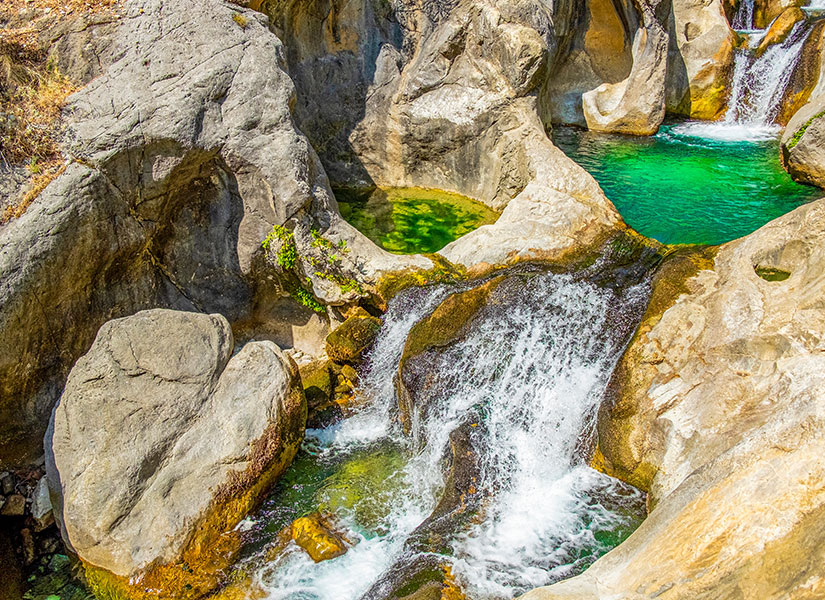
Dereköy Plateau
Dereköy Plateau, 35 kilometres from Alanya at the foot of the Taurus Mountains, is one of the most stunning geological formations in this region. There are small settlements in this area, which also known as Türbelinas, surrounded by lush pine forests. The plateau is located between the mountains, near Deregözü, where the Kargı Stream runs. Another feature that makes this place more beautiful is a large variety of fruit trees. If you visit here, you should try the figs and grapes grown in the area. It is also ideal for trekking because of the cool and fresh air. It is also known for being a short-term rest stops for campers.
If you want to experience adventure, meet the sea and sun, or be in touch with nature, hotels in Alanya await you at Odamax.
